The term Valhalla comes from Norse mythology and describes the resting place for fallen warriors. The German memorial site Valhalla near Regensburg is named after the mythical resting place and I think the place really is a bit mythical-monumental.
From Regensburg, visiting Valhalla is a wonderful excursion. We stopped there on our way back to Berlin and took a short tour of the grounds. A visit not to be missed, because not only the building but also the view is indescribably beautiful.
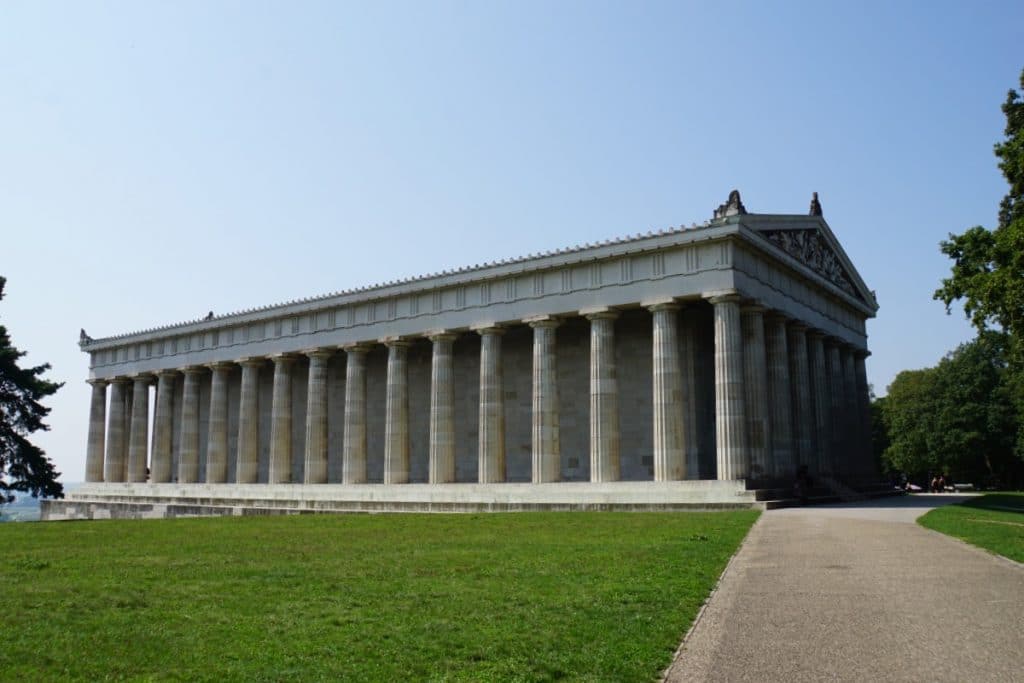
History of Valhalla
After the defeat by Napoleon, the Holy Roman Empire of German Nations broke up. The country suffered under the French occupation, was weakened and humiliated. So people began to look back to the values of the past and searched for common ground that reached deep into the time of the Germanic tribes and was based above all on the German language.
The then Crown Prince Ludwig was a great supporter of this movement. In 1807 he decided to erect a temple of honour for the fifty greatest Germans and to place their busts there. Together with the Swiss historian Johannes von Müller, he selected the personalities who, in his opinion, should receive this honour. He considered not only emperors, but also artists such as Friedrich Schiller, Goethe and Haydn. The name for this temple of honour was also quickly found – “Valhalla”.
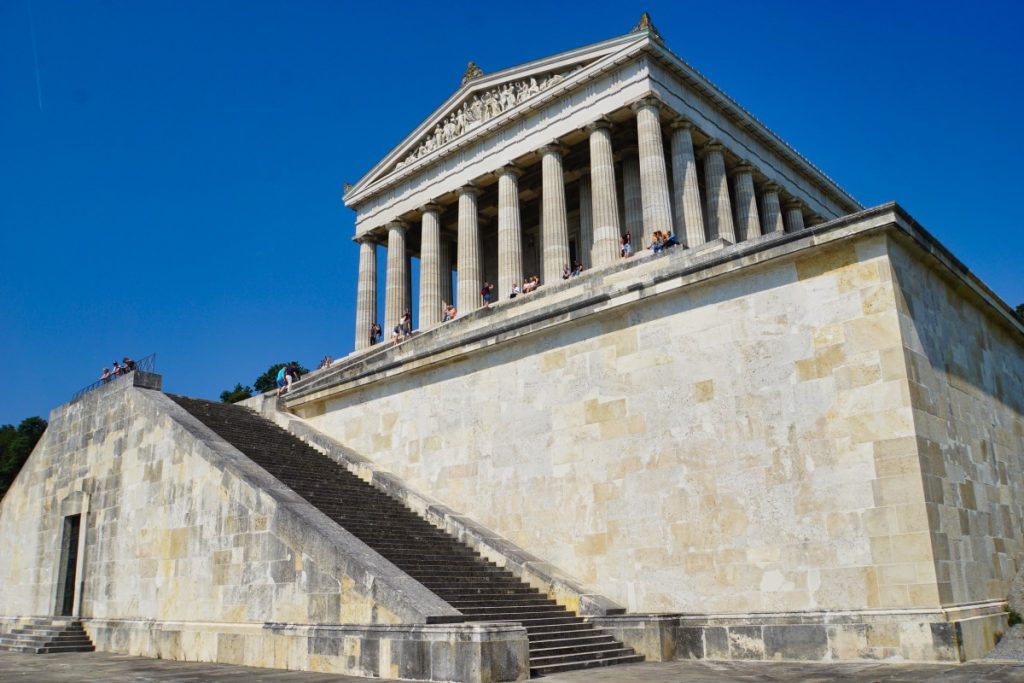
The Crown Prince commissioned various sculptors to create busts, the first of which were completed as early as 1807. Unfortunately, the building had not yet been constructed at that time; that took several more years. First Ludwig had to find the right location. Then the planning phase of the building began.
The architect and archaeologist Carl Haller von Hallerstein produced designs in the style of a Parthenon. After his death, his ideas were adopted and implemented in large part by the next architect.
When Ludwig took office in 1825, 60 busts had already been made, but still no building site for Valhalla had been found. Finally, it was decided to build on the Bräuberg above the Danube valley near Donaustauf (near Regensburg). The foundation stone was laid on 18.10.1830. 12 years later, on 18 October 1842, on the 29th anniversary of the Battle of Leipzig, Ludwig I opened the building.
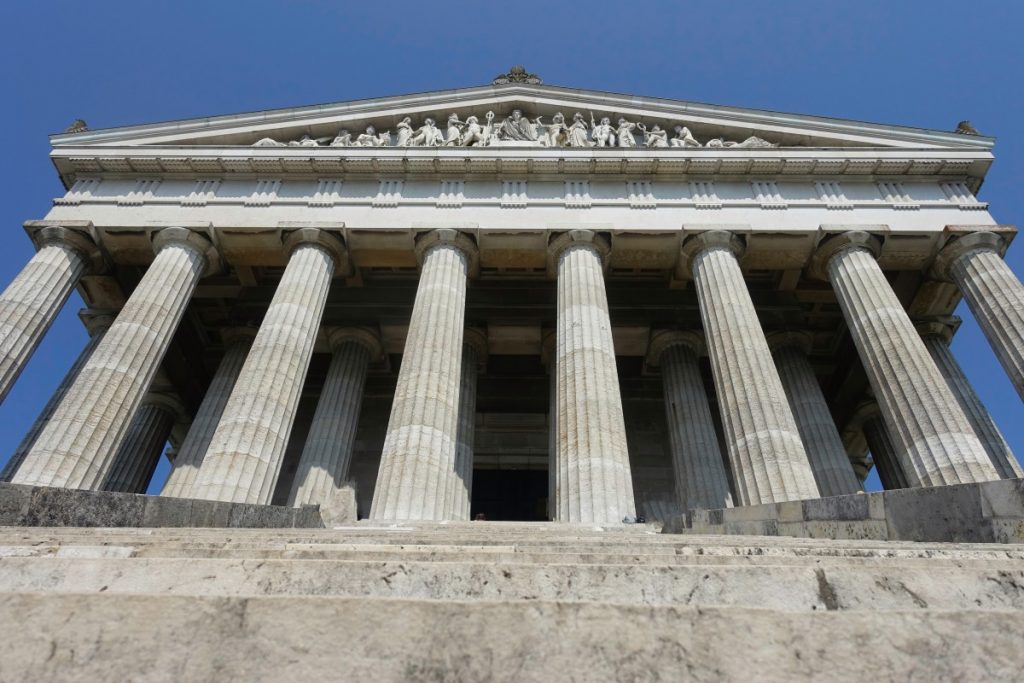
In the following years, more and more busts “moved” into Valhalla. Ludwig I had abdicated in the meantime, but continued to promote his project. In his will, he bequeathed Valhalla to Germany, with the addition that in the event of the dissolution of the German Confederation, Valhalla should go to Bavaria. 22 years after his death, a statue of Ludwig I moved into Valhalla.
Tour around Valhalla
We left our car in a paid car park below Valhalla. From there, you can reach the site on foot after a few metres.
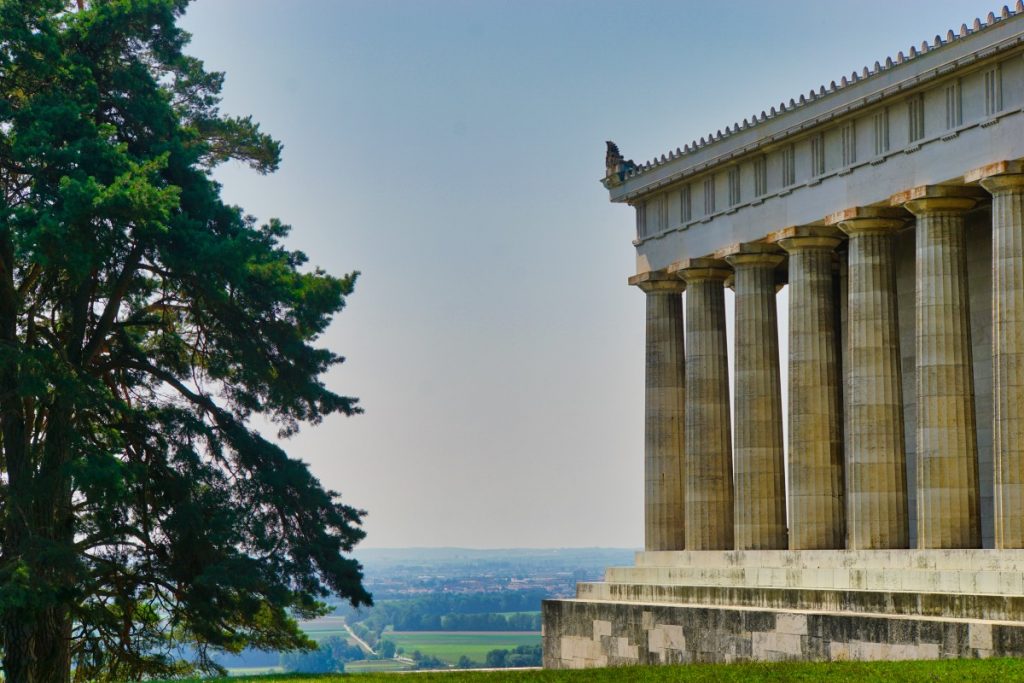
We approached the building from the back and already from there you can guess what an impressive building awaited us.
The building has the shape of a Greek temple in the style of a Doric peripteros, modelled on the Parthenon in Athens. It is made of limestone from Kehlheim, is clad with precious marble and shines really brightly when the sun shines. This makes Valhalla a real eye-catcher for the entire surrounding area.
I am particularly amazed at the size of the building. At over 66 metres long, almost 32 metres wide and 20 metres high, the hall is already impressive from the outside. In addition, it stands on a stepped substructure, which makes it seem even bigger and more enormous.
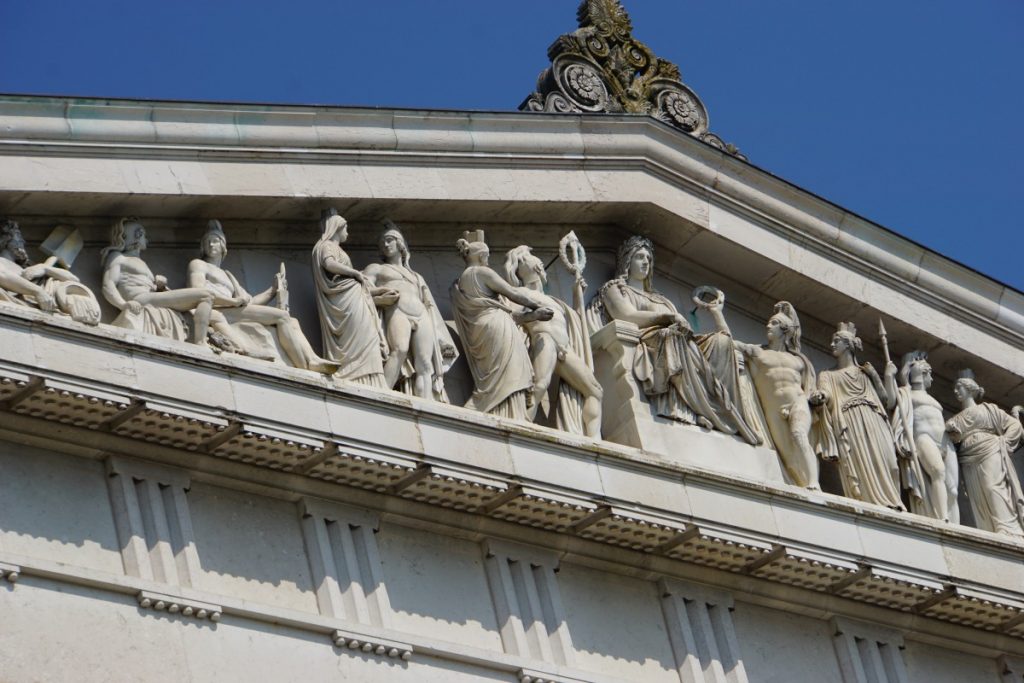
The sides of the hall are characterised by beautiful gable fields. One side depicts a scene from the Battle of the Teutoburg Forest, the other side “Teutschlands Befreyung von 1814”. In the centre is Germania, with the German states and federal fortresses approaching from the left and right in homage.
You can walk around the building between the huge columns to reach the actual front side with the entrance to the Hall of Honour. From there, a large wide staircase with 358 steps leads from the Hall of Honour down into the valley of the Danube.
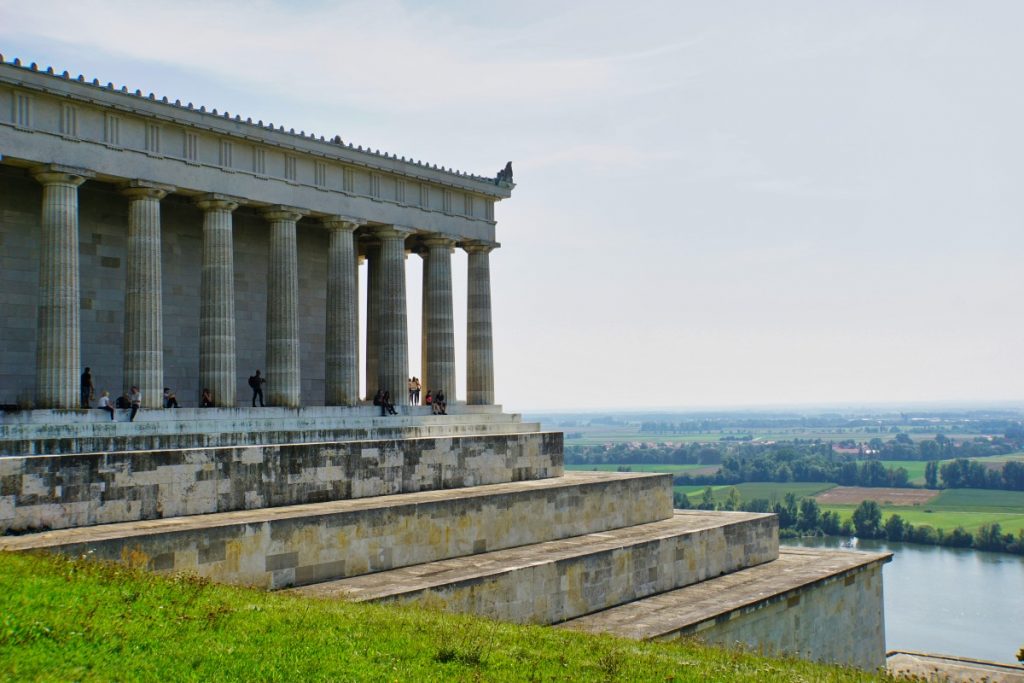
We climbed down the stairs and from there the view to Valhalla is really even more impressive. If I hadn’t known better, I could well have been standing in front of an ancient temple in Greece. Only the view into the Danube valley brings you back to Germany. You can see the ships sailing, on a clear day you can see the Bavarian Forest and supposedly even the Berchtesgaden Alps when the foehn is blowing. Impressive and a wonderful vantage point over the region.
A tour around the temple-like building alone is worth a visit. If you want to “experience history” even more, you should not miss the Hall of Honour.
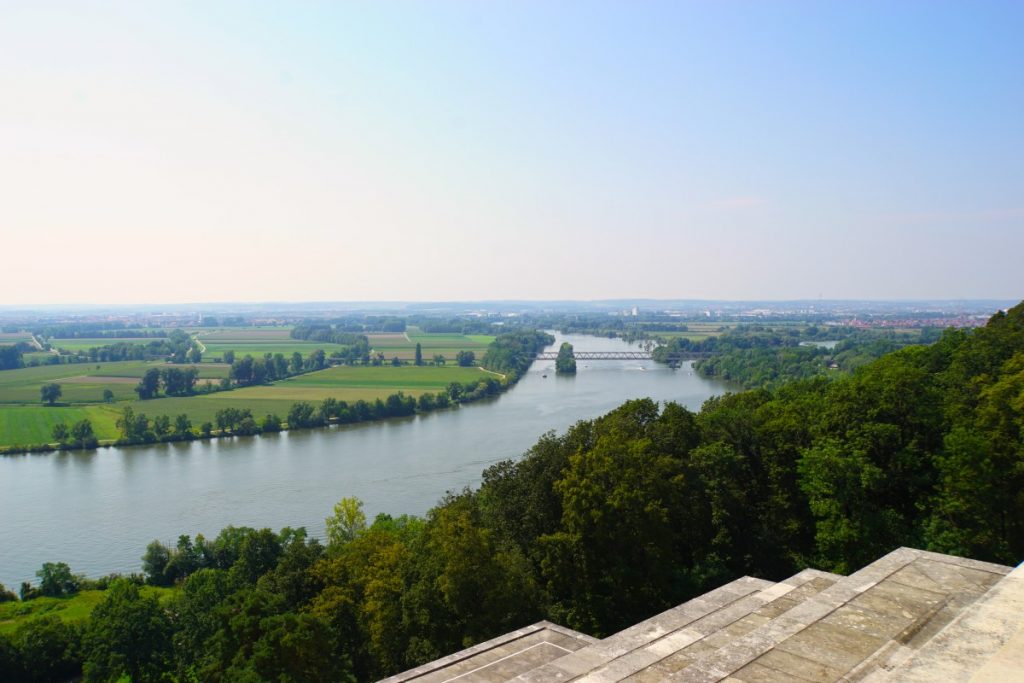
What can you see in Valhalla?
The hall is not only impressive from the outside. Whoever steps through the huge oak entrance gate, clad in bronze and maple wood on the inside, stands on a beautiful mosaic-like marble floor. Above the visitor stretches a coffered ceiling consisting of polished bronze panels decorated with polished pewter stars. Figures from Germanic mythology are in the triangular pediments.
During a short tour of the hall, you can admire numerous busts of personalities, arranged clockwise by date of death.
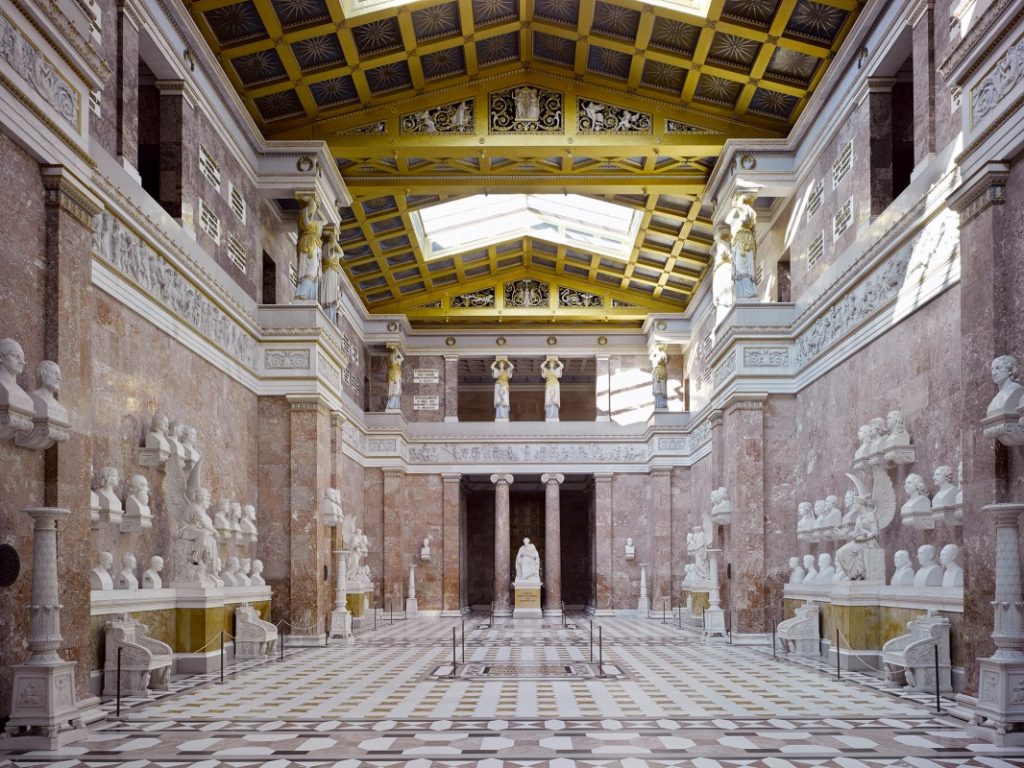
The sequence begins with King Henry I. This is followed by 69 busts that stand on small stone projections on the wall. In addition, there are 26 busts of younger honoured persons that have been placed on pedestals. Here you will find Lessing and Goethe, for example. At the front is a large statue of King Ludwig.
Since the opening, 34 new busts have come to Valhalla. The number of women’s busts is quite manageable, so far there are 7 women’s busts in Valhalla. The last bust to find a place was installed in 2019 and is by Käthe Kollwitz. According to the installation plan, there are now 3 free places left in Valhalla.
In addition, 64 commemorative plaques hang in the hall, commemorating people or actions. To date, 194 personalities have been immortalised with busts and commemorative plaques.
I don’t want to list all the busts that are in the Hall of Honour here. In addition to German dukes, German kings and German emperors, you will find famous personalities such as Johannes Gutenberg, Albrecht Dürer, Johannes Kepler, Mozart, Lessing, Goethe, Martin Luther, Beethoven, Otto von Bismarck, Albert Einstein and Sophie Scholl.
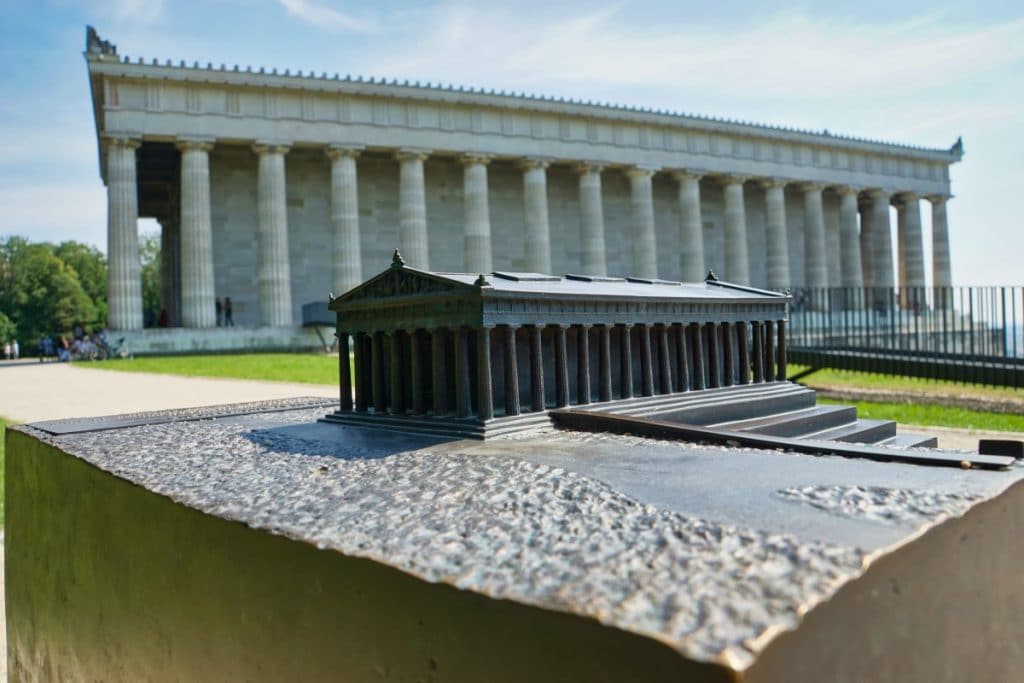
Address:
Walhallastraße 48
93093 Donaustauf
Opening hours:
April-October:
daily 9-18 h
November-March:
daily: 10am-12pm and 1pm-4pm
Closed: 1 January, Shrove Tuesday,
24, 25 and 31 December
Admission fees:
Adults: € 4.50
Discounts are offered.
Photo approval was granted by the Bavarian Administration of State Palaces, Gardens and Lakes, Public Relations Department. Many thanks.

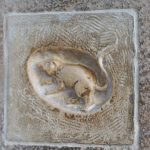




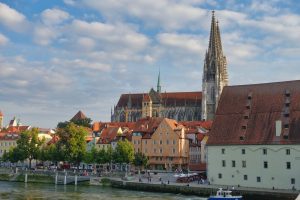


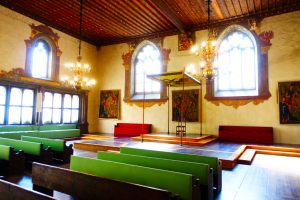
Leave a Reply